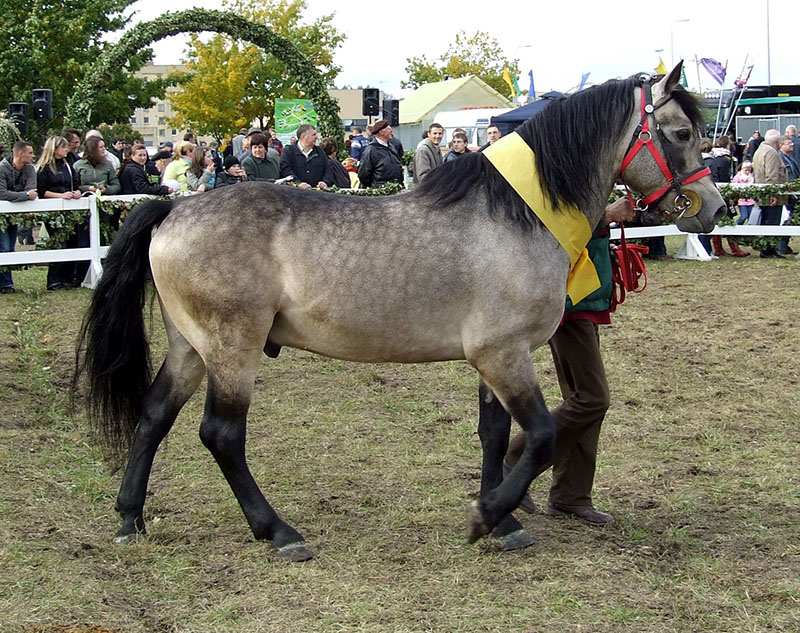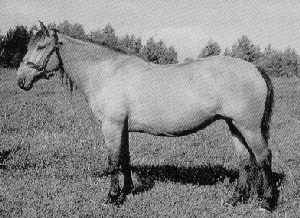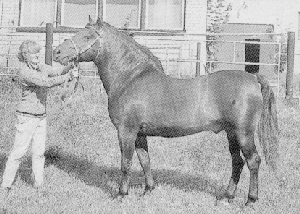Zhemaichu Horses
 This is a native Lithuanian breed of the forest type, known since the 16th century.
This is a native Lithuanian breed of the forest type, known since the 16th century.
Despite repeated crossing with various breeds, it has retained its type and suitability for work on small farms. Un demanding as regards management conditions and highly adaptable, the Zhemaichu has long been exported to western Europe.
The old Zhemaichu type was small in size (up to 144 cm in height); it had a small straight or somewhat dished face head with a wide forehead. The neck was well muscled, the trunk undersized, the withers not too high, the black flat and solid, and the legs clean and firm. Their small height and consequently insufficient strength were the main deficiencies.

The modern Zhemaichu formed in the post-war years by pure breeding and the selection of large individuals with high work endurance, and through limited
crossbreeding with North Swedish stallions, is taller (152-154 cm), has a somewhat extended trunk (157-160 cm) and a very massive body with a girth of 188-190 cm, as well as clean legs with a cannon bone girth of 10-20 cm. The new intra-breed type has retained the characteristic exterior features of the old Zhmudka.
The Zhemaichu is a very good combination of utility and sporting horse features. It is quite strong and has good endurance and agility. The best time shown in 2 km trotting draught tests with a pull of 50 kg is 4 min 42.6 sec. The Zhemaichu has also shown good results in steeplechases of average difficulty. It is not accidental therefore that in their time Lithuanian horses were the foundation for breeding the Trakehnen.

Their massive and clean build combined with their sporting potential make the breed valuable material for breeding medium-sized horses for large-scale equestrian sport and tourism. Their massive and solid build and high adaptability also make Zhemaichu stallions suitable for use in the development of a new meat-producing breed in the Altai.
References
Dmitriez, N.G. and Ernst, L.K. (1989) Animal Genetic Resources of the USSR. Animal Production and Health Paper Publ. by FAO, Rome, 517 pp.
